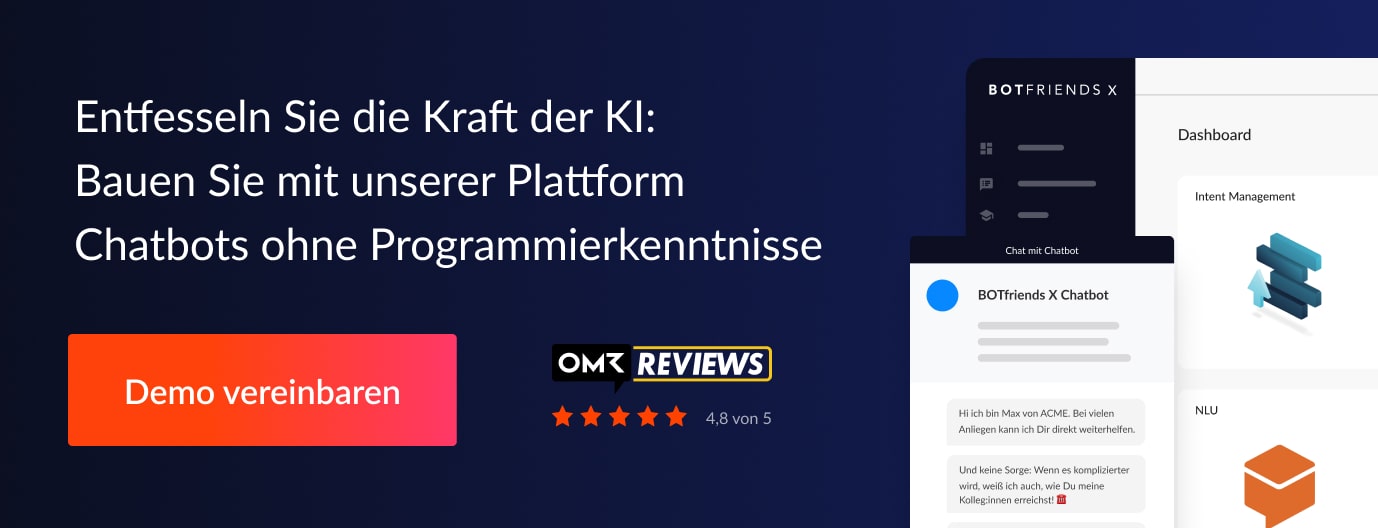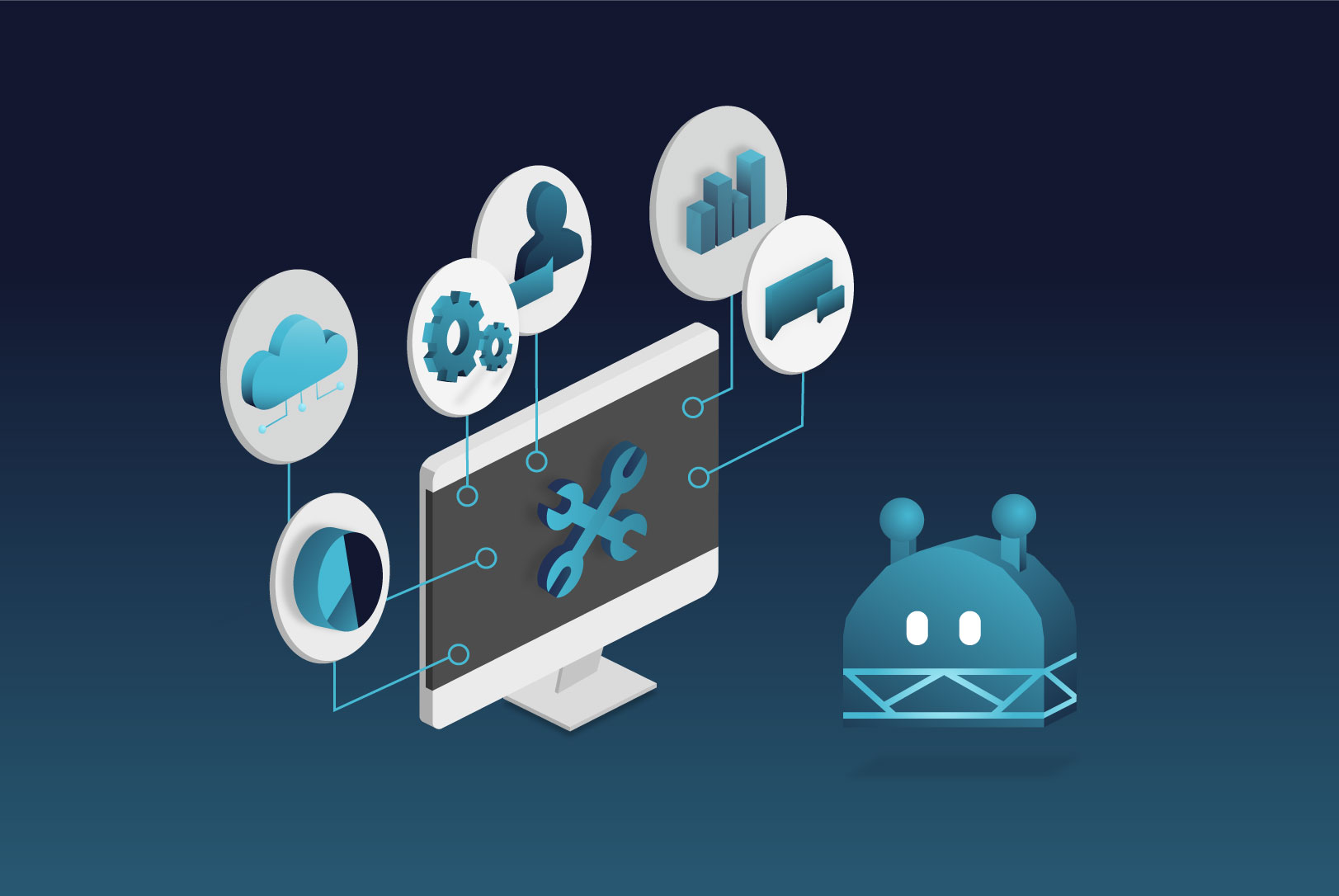When developing a chatbot, it is not enough to focus exclusively on technical aspects or only on the needs of the customers. The technical requirements and the functionalities of your bot are derived from the needs of the users.
Therefore, in this blog post, we want to take a closer look:
- what your customers want
- How they would behave in the interaction with your bot
- and how it affects the design of your chatbot.
Who do you want to reach with your chatbot?
In the following, we will create a use case based on a fictitious example and help you define your own use case with guiding questions.
Our example company is Floras Blumenparadies in Frankfurt. The flower store is located in the Bahnhofsviertel, just 300 meters from the main train station. The company has two different types of customers:
On the one hand, people who come to the shop with plenty of time to choose a bouquet at their leisure. On the other hand, people who work in the banking district around the station and want to quickly purchase a bouquet before rushing to their train.
The company wants to help the second group. It wants to make their purchase not only easier and as pleasant as possible. Floras Blumenparadies also wants to give them the opportunity to choose the bouquet with love, although the customers lack the time for this in the flower store. After all, you give flowers to the people who are important to you and you want to choose the right bouquet.
To find your user:inside and define your use case, you should ask yourself the following questions:
- What added value can / would you like to offer to the users?
- What problem can the bot solve for them?
Who are the users and where are they? How do they feel?
As an example customer for Flora's Flower Paradise we choose Thomas:
Thomas works in Frankfurt and wants to give his wife a bouquet of flowers tonight. However, he doesn't have time to look around the shop and possibly wait at the checkout. Otherwise he will miss his train home. Getting off work early is not an option because he is in a long, important meeting. Nervously, he searches his smartphone for a possible solution.
What might an example customer of yours look like?
Think about the environment in which an interaction with your chatbot would take place:
- Are your customers currently in a café or a department store? In other words, in public?
- Are there other people present?
- Are the users at work?
- Are they alone? Maybe at home?
How does the environment affect their behavior?
- Do the users have time to concentrate on a conversation with the bot?
- Are they in an environment where they can visibly interact with the chatbot in peace, or are they, like Thomas, doing it surreptitiously under the table because they're in a meeting?
- How are they feeling right now?
- Are they distracted?
What would the users of your chatbot like to achieve?
So for our example, let's consider what exactly Thomas wants, what drives him, what information is important to him, and what concerns he might have:
Thomas wants to buy a bouquet of flowers for his wife as a gift. It is important to him that it is a very beautiful bouquet and usually he goes to a flower shop with a lot of time to let the florist compose the bouquet individually.
He is therefore not sure whether he will get the right bouquet via the bot and whether his wife will like it. He is also worried because he doesn't have time to stand in the shop for a long time and wait at the checkout.
So for Thomas, precise information about the individual bouquets is important. He also needs to be able to pay in advance and pick up the bouquet at a specific time. Furthermore, it is important for him to receive a confirmation of purchase, which also confirms that the bouquet can be picked up at the desired time.
What are the needs of your customers?
- What do they want to achieve?
- What problem are they struggling with right now?
- Why is it important to them?
- What worries them about the purchase? What could go wrong from their point of view?
- What unsettles them about using the bot?
- What do they need to make a purchase or other process through the bot as convenient as possible?
- What missing information might cause them to drop out of the conversation?
- What information do they need from you and your company after a successful conversation with the chatbot?
In Part 2 of our blog post, you'll learn how to customize your chatbot to meet these needs.



